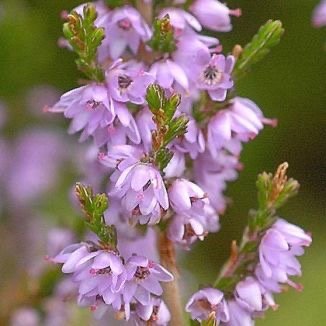Goldilocks and soil salinity: not too much, not too little
Alongside soil temperature and moisture a lot of our sensors also measure soil salinity. But what is it? What does the value mean?
Most people will hear the word salinity and think of saline solution and salt and you’d be on the right track. Imagine the soil is like a sponge that holds water and helps plants grow. When there's too much salt in the soil, it’s like putting too much salt in a soup—it makes it hard for plants to drink water. This happens when the soil gets too much salt from things like salty water or chemicals. Plants can't get enough fresh water, and start to struggle or even die. So, soil salinity is just a fancy way of saying that the soil has too much salt, and that makes it harder for plants to live and grow.
Let’s think of salinity like the balance of salt in the soil.
Too much salinity: When there’s too much salt in the soil, the plants can't drink water properly. Even though there's water in the soil, the salt makes it hard for the plant to pull the water in. It's like trying to drink a thick milkshake with a straw—too much salt makes the water sticky, and the plant can’t get enough to stay healthy. This can make the plant wilt, turn yellow, or even die.
Too little salinity: If there's almost no salt in the soil, plants can grow really well! They get plenty of water, and everything is balanced. Plants actually need a tiny bit of salt to stay healthy, but too little isn’t usually a big problem—plants prefer a bit of salt in the soil, but not too much.
So, plants do best with just the right amount of salt—not too much, not too little. Some plants are really good at handling salty soil, while others prefer very little salt. Here's a couple of examples:
In Ireland, there are a few plants that can tolerate salty soil, especially in coastal areas where the soil can get salty from seawater.
Salt-loving plants in Ireland:
Sea Beet (Beta vulgaris maritima): This plant grows along the coast and can tolerate salty soils. It's related to the beetroot but is a wild plant that thrives in salty, coastal areas.
Samphire (Salicornia europaea): Often called "glasswort," this plant is found in coastal salt marshes in Ireland. It loves salty conditions and is actually edible (and delicious)—people often use it in cooking, especially in seafood dishes.
Cordgrass (Spartina anglica): This grass grows in salt marshes and along the edges of estuaries. It is very salt-tolerant and helps stabilize the soil in these wet, salty areas.
Samphire: a salt-loving, edible (and delicious!) plant
Plants found in Ireland that prefer less salt:
Irish Heather (Calluna vulgaris): Heather grows in the moors and hills of Ireland, where the soil is more acidic and less salty. It doesn’t like salty soil and does best in fresher, drier conditions.
Wildflowers (e.g., Bluebell, Primrose): These plants are found in woodlands and meadows across Ireland and prefer soil with little or no salt. They need fresh, nutrient-rich soil to thrive.
Irish heather: less salt, more freshness
So, along our coast, you’ll find plants like samphire and sea beet that love the salty soil, while inland or in woodlands, you’ll find plants like heather and bluebells that need fresh soil!

